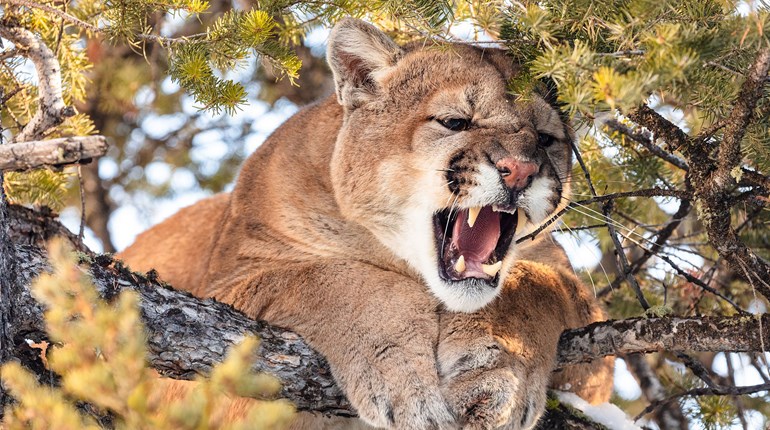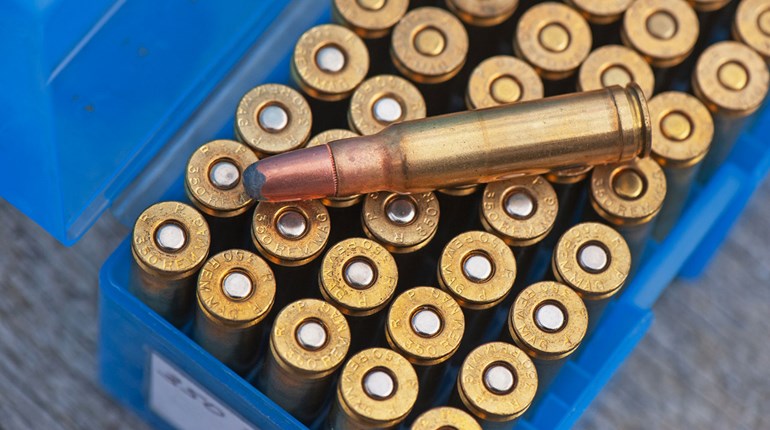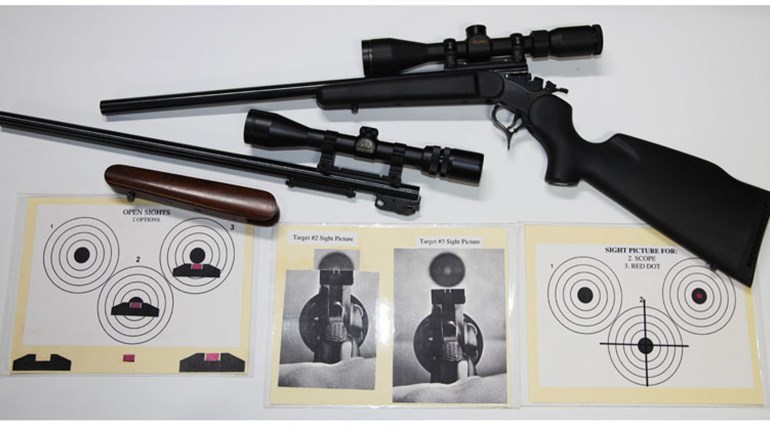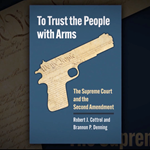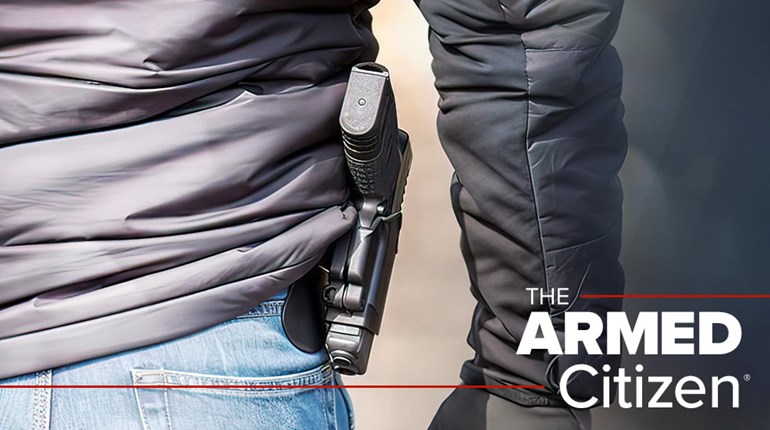
Photo: Joe Ravi CC-BY-SA 3.0
The Church of Jesus Christ of Latter-day Saints (often referred to as the “Mormon Church” or the “LDS Church”) is well-known for its missionaries, large families and temple buildings. It is also becoming known for a recent policy that has created a stir among its membership—this includes me.
On August 28th, The LDS Church released a statement clarifying its policy on guns inside church facilities—such policies are found in “Handbook 2: Administering in the Church.”
Prior to the August 28 announcement, Handbook 2 policy about guns in church read:
“Firearms: Churches are dedicated for the worship of God and as havens from the cares and concerns of the world. The carrying of lethal weapons, concealed or otherwise, within their walls is inappropriate except as required by officers of the law.”
With retroactive application beginning Aug. 1, Section 21.2, Policies on Using Church Buildings and Other Property; paragraph 2.4 now reads:
“Firearms: Churches are dedicated for the worship of God and as havens from the cares and concerns of the world. With the exception of current law enforcement officers, the carrying of lethal weapons on Church property, concealed or otherwise, is prohibited.”
Though the text has changed, most significantly in removing the word “inappropriate” and adding the word “prohibited,” the illegality of carrying concealed in Utah was initially established decades ago. Clark Aposhian, chairman of the Utah Shooting Sports Council, and host of Utah Gun Radio, says, “Knowing the history, and knowing the actual law prior to the change, the law didn’t change. There is a lot of misunderstanding.”
On Utah’s KNRS AM570, PM drive-time host, Rod Arquette described his listeners reactions by saying, “Reaction from listeners has been mixed. They wonder why the church went this direction. Some callers say, ‘follow the prophet.’ Some say the Constitution is the word of God and we should follow the Constitution.”
Following a wave of permissive concealed-carry licensing legislation that began with Florida in 1987, Utah became a “shall issue” state in 1996.
At that time, the law specified that concealed-carry permit holders could carry guns in several locations including in public universities, banks, bars, state parks, public schools and churches.
A special-interest group called “Safe to Learn Safe to Worship” sought to outlaw legal carry in any school or church. Given the number of Utahns who are members of The LDS Church (just over 67% of the state), the anti-gun campaign leaders knew they needed to curry favor with “The Church” if they had any hope of changing state law. They lobbied the church very hard while they pushed a ballot measure amongst Utah’s citizens.
Janalee Tobias, founder of Women Against Gun Control, says, “They were letting teachers have petitions in schools for parents to sign, ‘Signature Saturdays’ at libraries. I debated Jan Graham (Utah’s Attorney General). Everywhere they were, we were. It was a media circus. We beat it!”
“The two thousand-pound elephants in Utah are the Church and gun owners,” said Charles Hardy, Public Policy Director for GOUtah (Gun Owners of Utah). “When elephants dance, things get broken.”
In the end, the parties created an agreement that satisfied everyone and no one. Clark Aposhian and Charles Hardy were participants in the negotiations. “We reached a ‘Solomon-like’ decision,” mused Aposhian. After the process, Hardy recalled, “We created a new method where a church can run a ‘public notice.’ Gun groups didn’t support the measure but, they agreed not to oppose it,” according to Hardy.
The final agreement became Utah Code 76-10-530: “Trespass with a firearm in a house of worship or private residence.” By providing appropriate “notice,” churches can prohibit carrying on the premises. That notice includes:
- Personal communication from the organization operating the house of worship.
- Posting of signs.
- An announcement in a congregational meeting
- Publication in a bulletin, newsletter, etc.
- Publication in a local newspaper of general circulation.
Failure to comply with such notification is an infraction similar to a traffic ticket with a small fine. The infraction doesn’t go on the offender’s record or impact their ability to hold a concealed-carry permit.
“If you are on your way to church and the speed limit is 25 and you go 30, and you carry in church, you’ve committed two infractions that day,” says USSC’s Aposhian.
Hardy reports, “As far as we know, they (the church) haven’t prosecuted anyone for carrying in their buildings,” says Hardy.
Since that time, the church has made its annual notice, making the act of carrying a firearm in church illegal. Hardy says, “No honest observer can say the intent has changed from before.”
“What is frustrating to me is that we never got any insight into the, ‘Why?’” questions Hardy. “We met with a church lobbyist and a church lawyer. We had no meetings with ecclesiastical leadership. We know that nothing goes into the church Handbook without the highest levels of leadership approving. We don’t know the why. We have never been invited to discuss it further.”
The recent changes to Handbook 2 have created a dilemma for many members of the Church of Jesus Christ of Latter-day Saints: Supporting their leaders as God’s representatives or, protecting their families and friends. It also creates a dilemma for church leaders: Remain silent or, engage those members with concerns about the policy.
GOUtah’s Hardy hopes for further dialogue. “It would be ideal for the church to reach out, as they have to other groups, with someone in an ecclesiastical position not just a lawyer…and say, ‘We want to understand your point of view and we want you to understand ours?’”
Janalee Tobias also hopes for action from church leaders in the future. “The letter I would like to have read is one announcing a new program for church security and that the church is doing everything possible to make sure that when people attend an event or meeting in one of our facilities, they are 100% protected.”
Clark Aposhian is also hopeful. “I have a lot of faith in my church to see beyond the politics of it and not be swayed by a political argument or one that is agenda driven.”













